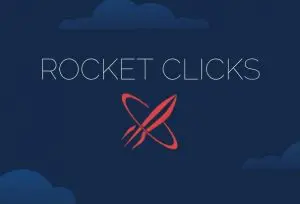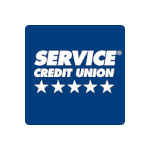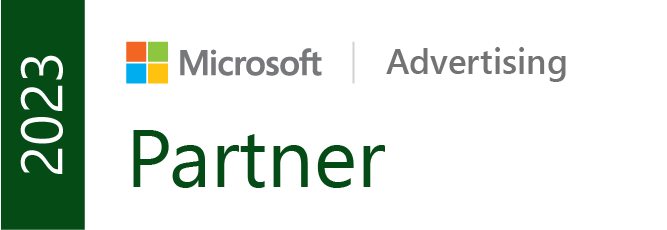As a company grows their web presence and acquires an increasing amount of information to include throughout their website, their overall strategy content becomes broader. One way to combat becoming too broad in your offerings is to create microsites. A microsite differs from its parent site by being focused specifically on a certain topic. Microsites can oriented around any number of different things such as an upcoming event, a specific profitable product, or a seasonal product. Using microsites effectively can be a quick and easy way to draw additional attention to these things. For example, ESPN has shown some success recently with their creation of microsites around certain U.S. cities.
How ESPN succeeded with microsites
ESPN saw quick success in launching their city specific microsites. The project has targeted four specific cities: Dallas, Boston, New York and Chicago. These sites were promoted with great fanfare on ESPN’s networks, as well as their homepage. The results are pretty striking. Within 3 months of launching its Chicago specific microsite, it became Chicago’s top sports site in 3 months. How did they accomplish so much so quickly?
ESPN can leverage tons of content, partnerships, technology, multimedia, and stats from its national organization into their local micro-sites. So they picked locations with a very high concentration of professional sports teams, a large population, and an above average overall interest in professional sports. Rather than forcing internet users sift through the main ESPN domain looking for the Chicago-based information, they created a microsite that will take Chicago sports fans directly to information about the city’s teams. A reality of this objective is that ESPN does not have a wealth of content for every United States metropolitan area, nor is the level of interest as strong everywhere, so it likely won’t work as well for smaller professional sports markets.
How you can use microsites in your internet marketing
When looking at pay-per-click marketing, your quality score is a high determinant of what your overall cost-per-click will be. One way to improve your quality score is to have a better, more relevant landing page for your ads. Developing a microsite to serve as a landing page in your PPC campaigns will increase its relevance, improving your quality score and lowering your average cost-per-click.
When looking at search engine optimization, developing a microsite with more specific information can help your organic rankings for that specific topic. This specific microsite will contain more tightly themed keywords that will improve your search engine rankings. The keywords should be present throughout your entire microsite. For starters, you’ll want to buy a domain name that is specific to your offering within that microsite. With a more specific domain name, internet users will trust that the website they are going to will contain the exact information they are looking for. Also, important keywords should be placed on each tab of the microsite to navigate to specific pages, and within the content on those pages as well.
An example of this is ESPN creating a microsite for the upcoming 2010 World Cup. ESPN’s home page may not rank high organically for a search query looking for information on the World Cup. ESPN then created a specific microsite for the 2010 world cup which will show up much higher organically for any search query containing World Cup themed keywords.
Microsites cost little to set up
One important thing to mention about microsites is that they are relatively inexpensive to create. In terms of actual cost, you simply need to buy and host the domain. Depending on your hosting plan, you may be able to host additional domains at no extra cost. This means that you could get your microsite up and running for as little as $4.99. All that would be left is filling it with content.
Remember, microsites don’t have to be huge – hence the name. Make your content as relevant as possible and make it stand out. As few as five pages may be enough to make your microsite attractive. Above all, do not forget to link back to the parent site, because you want to be able to drive traffic to your main site as well. Don’t worry about siphoning off customers – they’ll still be going to one of your pages. Plan out a campaign well in advance, because when it is well orchestrated, you can construct a series of interrelated sites that will increase both traffic and conversions.
Nick Haertel
Paid Search Analyst



















